Weekly review
This week I learned about the colour and temperature of light, which is very different from the three primary colour mixing principles I learned in painting. It turns out that the overlapping part of the three primary colours in lighting is white light rather than black. What impressed me the most in this lesson, was the contrast of colours that the teacher mentioned, that the same colour can be so different in different surrounding colours and that the contrast of colours gives a very different feeling.
Teacher’s demonstration of colour mixing
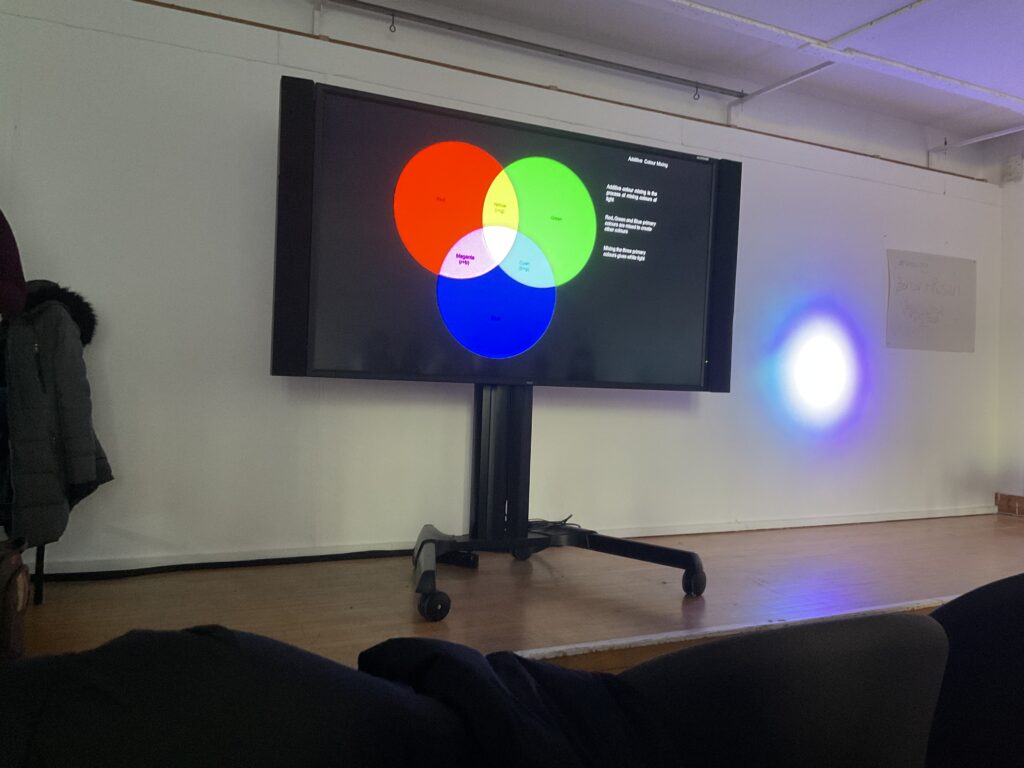
I particularly enjoyed the class session where the teacher invited three students to join this activity. The teacher invited three students to hold three lights, red, green and blue, and when the three lights were shone together in the middle, the colours actually changed to white. This was very helpful in helping me to understand the colour theory knowledge that followed in the class.
Class notes
Colored light:
- Colour is a wavelength or mixture of wavelengths of light White light contains all the colours of the spectrum
- Light is diffracted by certain opaque media
- Non Spectral colours can not be created with light of a single wavelength
Colour and temperature

Colour mixing
Additive colour mixing is the process of mixing colours of light Red, Green and Blue primary colours are mixed to create other colours Mixing the three primary colours gives white light
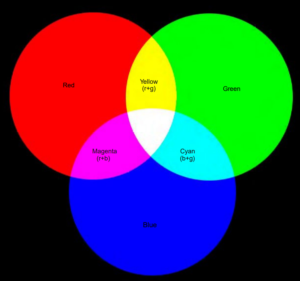
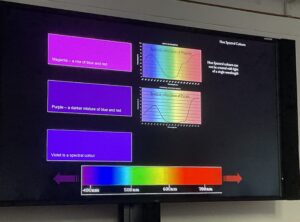
Colour and its surrounding colour
The colour will vary depending on the contrast with the colour of the surroundings.
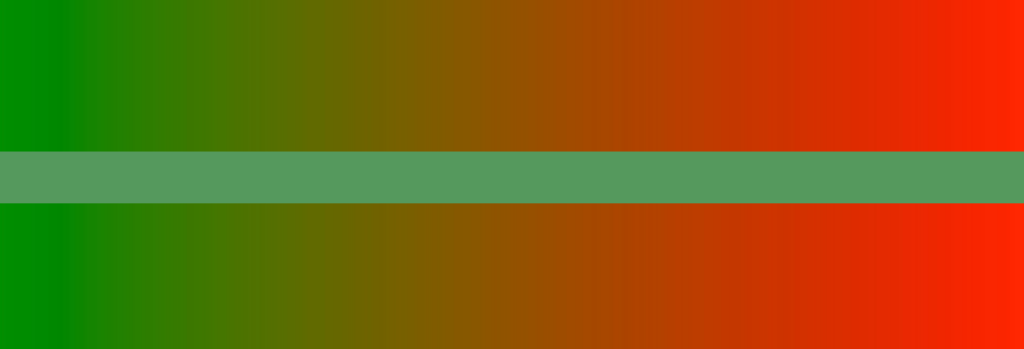


Shadow
- Colour of light source
- Intensity of the light source
- The combined effect of multiple light sources
- The material of the surface on which the shadow is placed
Want to continue my journey in week 4?
For more posts on this week, please click here.
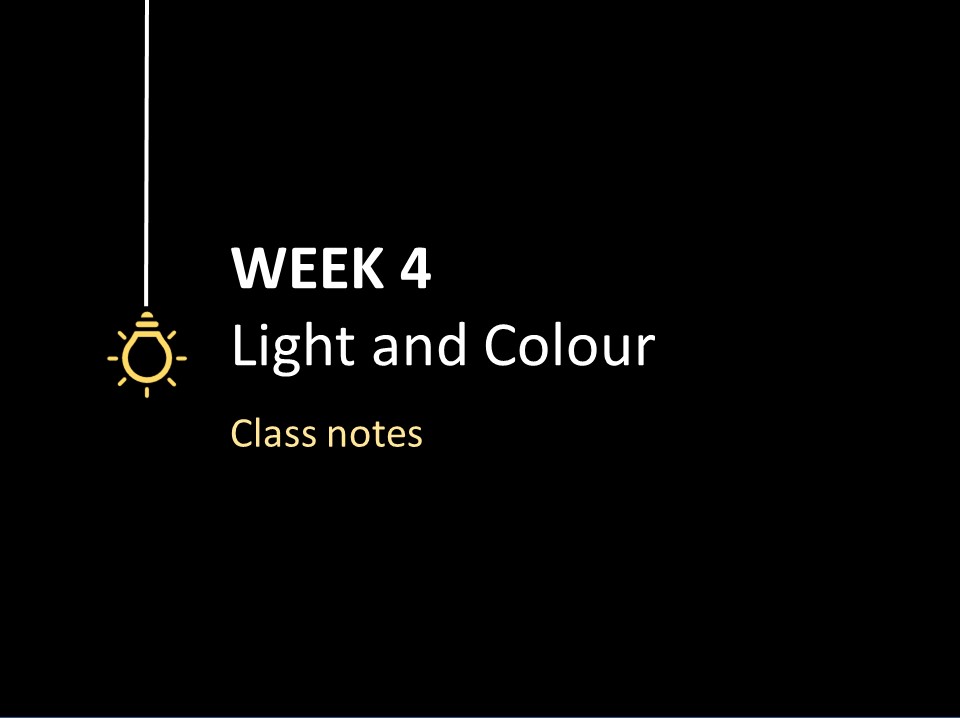


Leave a Reply